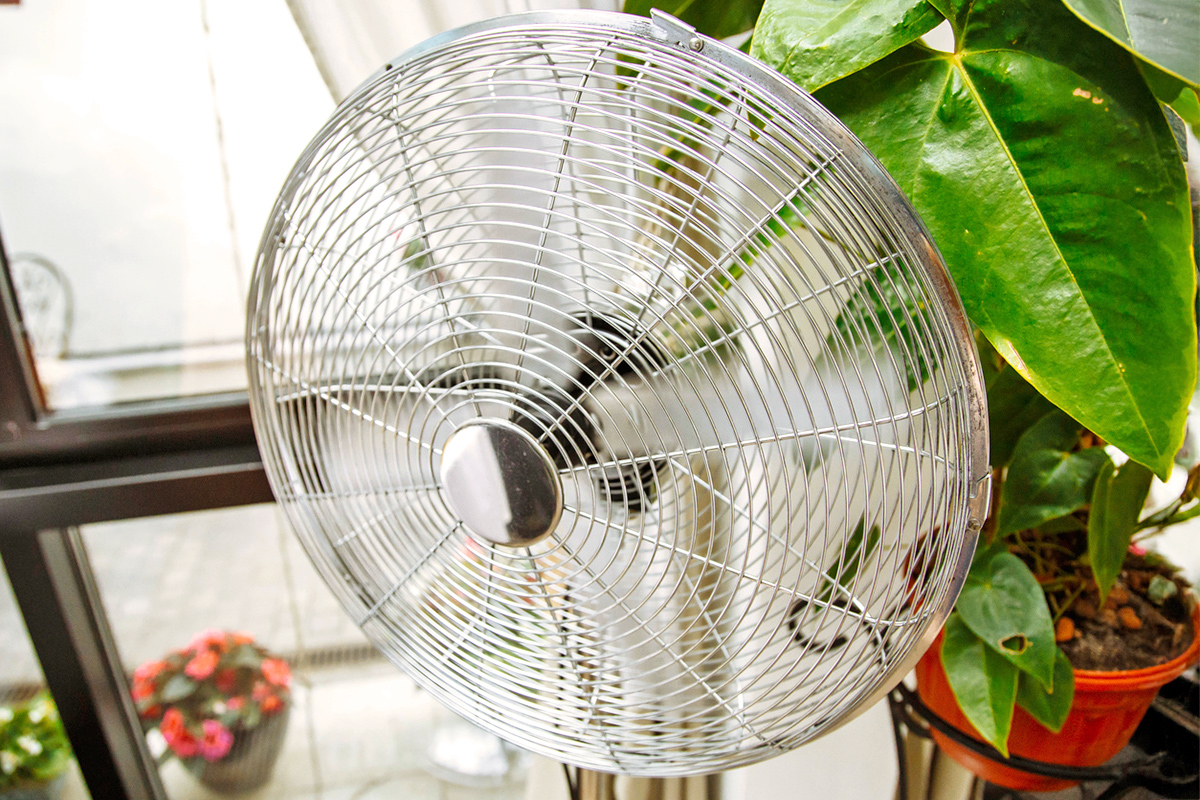They say that what doesn’t kill you makes you stronger. While that sentiment doesn’t apply to everything, it certainly rings true when it comes to conditioning plants for wind. Even if you have no intention of placing that delicate maidenhair fern on a blustery balcony, exposing the plant to air movement triggers auxin, a hormone…
How To Make Those Stems Strong
The best way to ensure a healthy and happy plant is to do your best to recreate their natural habitat indoors — and that includes wind. Whether you’re hardening seedlings for transplanting into the garden this spring, or you want your houseplants to thrive for years to come, conditioning them is a great approach.
You can harden your plants simply by turning on a fan. The strength of the airflow will depend on the plant type, so keep their age and size in mind when deciding. Very young seedlings could start with an open window, then graduate to a ceiling fan set on low before being upgraded to a more forceful desk fan placed nearby. All they really need is 15 minutes to an hour daily. The idea is to create just enough airflow that their stems bend slightly. Over time, this will strengthen them and prepare them to deal with the elements if and when they move outdoors.
More from our network
House Outlook is part of Inbox Studio, which publishes content that uplifts, informs, and inspires.
Why Wind?
When plants are outdoors, they are in constant contact with the elements: long stretches of sunlight, varying intensities of rain, and, most importantly, wind. Whether the breeze is soft or strong, the constant movement of air around plants changes the distribution of their existing auxin, channeling the hormone into creating stronger root systems and shorter, sturdier stems.
The benefits don’t stop at strong stems, though; air circulation can also help keep the soil healthy. Drying out the top layer of soil in potted plants can go a long way in reducing pesky fungus gnats, which are a problem no plant parent wants to have.



















